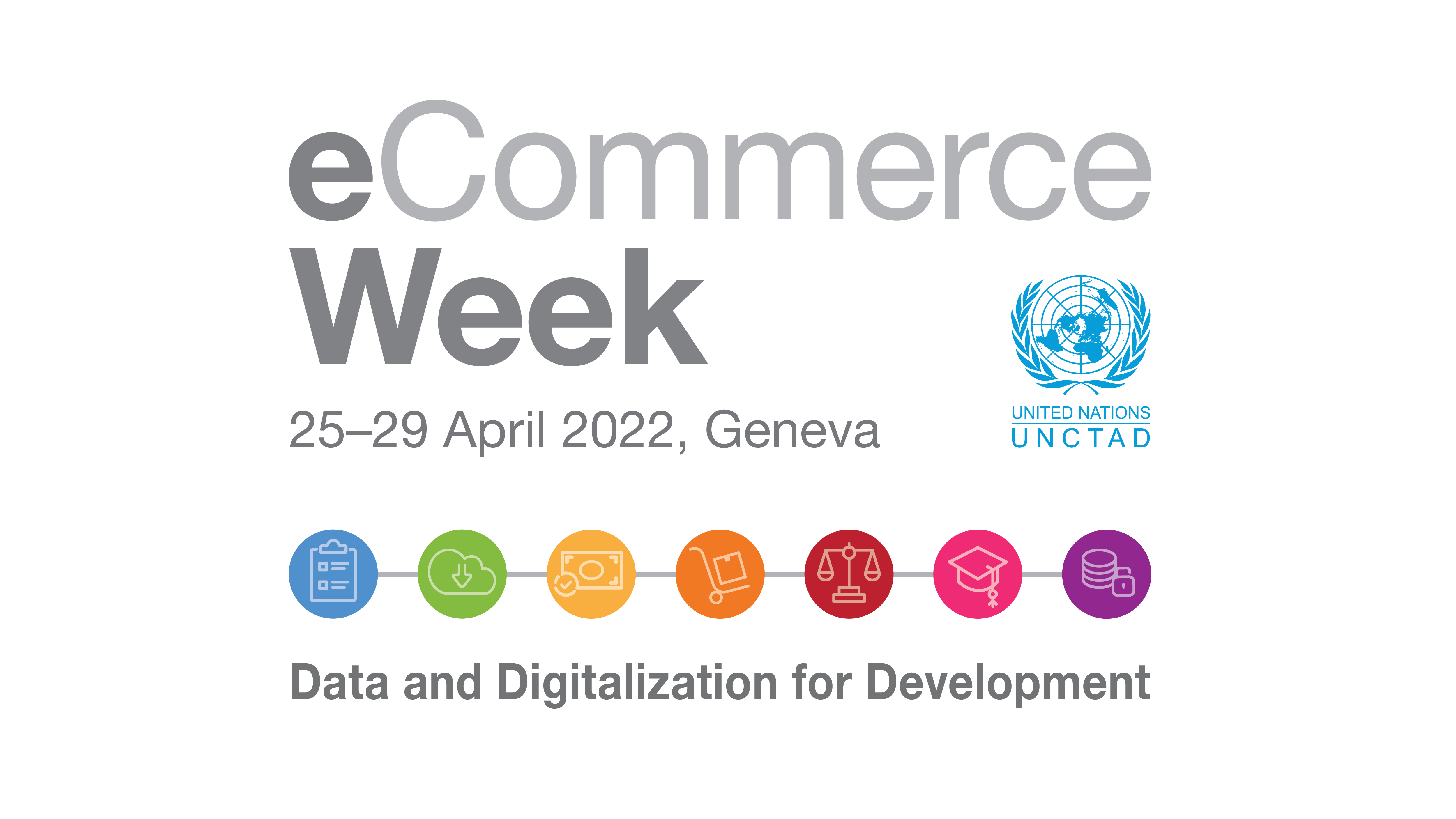How algorithmic decision-making can facilitate cross-border trade for small business
25 Apr 2022 17:00h - 18:00h
Event report
This panel had two parts- an education and awareness session breaking down key terms and a panel session debating issues arising from trade automation, particularly for small and medium-sized enterprises (SMEs). The panel was moderated by Mr Simon Schofield (Vice Chair E-Merchants Trade Council, Inc. EMTC), Ms Collins Rex (Director, Global Trade Professionals Alliance GTPA), and Mr Olivier Kamanzi (Chairman and CEO, Africa Global Chamber Of Commerce).
The main issues covered in the panel were the basics of algorithmic decision-making and algorithms in customs management. The panel also shared a risk-based framework for the governance of algorithms that could be used in managing cross-border e-commerce transactions.
Key concepts explained at the session included algorithms, artificial intelligence, and related terms. Algorithmic decision-making is the processing of input data in order to produce a score while prioritising, classifying, associating, and filtering data. The algorithm was defined simply as replacing human decision-making through computers, with a caveat that such artificial intelligence (AI) is not necessarily confined to methods that are biologically observable. The main classes of AI were described as narrow AI that is applied to simple tasks such as getting directions or texting somebody.
Strong AI, on the other hand, implies machines with intelligence equal to or higher than that of humans. It includes machine learning where machines parse data, learn from it and make decisions from it, and deep learning where machines create human-like networks.
How would such systems apply in cross-border trading including e-commerce ecosystems? Using the example of the African Continental Free Trade Agreement (AfCFTA), Kamanzi explained how many trade-related processes are expected to be automated. The AfCFTA has created a free trade area for over 1.3 billion people, becoming one of the largest economic trade blocs. Africans have already identified the necessity of automation for such a large venture. This was among the issues being negotiated in one of the protocols. Other examples were given from Australian law, which provides for the use of computers in customs-related decision-making under various laws.
However, there are many trade-related challenges, particularly for SMEs. These include the lack of access to digital technologies, the lack of information such as commodity prices in different places, and non-tariff barriers commonly applied in cross-border trade. While algorithmic decision-making presents some opportunities in resolving these challenges, it could also exacerbate existing problems. EMTC studied frameworks proposed in Europe and the United States and identified issues that could help define rules for algorithmic systems for cross-border trade.
The frameworks attempt to address the main problems arising from AI applications. These include the lack of transparency, bias in decision-making, fairness of decisions made, consistency and the question of the degree of automation vis-a-vis human intervention. The EMTC framework, therefore, proposed questioning the sources of data that algorithms are trained on, the parameters used, intended uses of the algorithm, replication or predictability of the system, its impact on privacy, and accountability mechanisms.
In considering whether such a framework would be useful for small and medium-sized enterprises, the main question raised was on transparency. The debate being on whether to make algorithms and data as open as possible and the issues arising from such openness. While on the one hand transparency can increase trust and accountability, openness can also expose data to malevolent actors, leading to harm. Opposition to algorithmic transparency also comes from proprietary rights as well as from fear of lawsuits.
All in all, panellists and participants noted a need for increasing the capacity of all stakeholders in order to have more informed debates on algorithms for cross-border trade. Only then will the public be able to enjoy the benefits of automation, and also identify shortcomings, such as potential bias.
By Grace Mutung’u
Related topics
Related event

